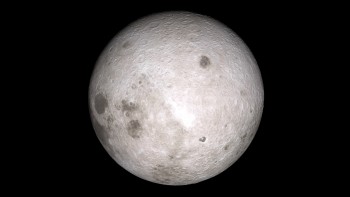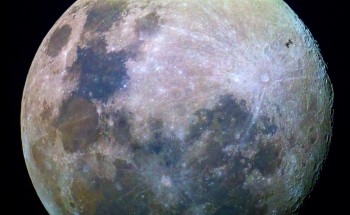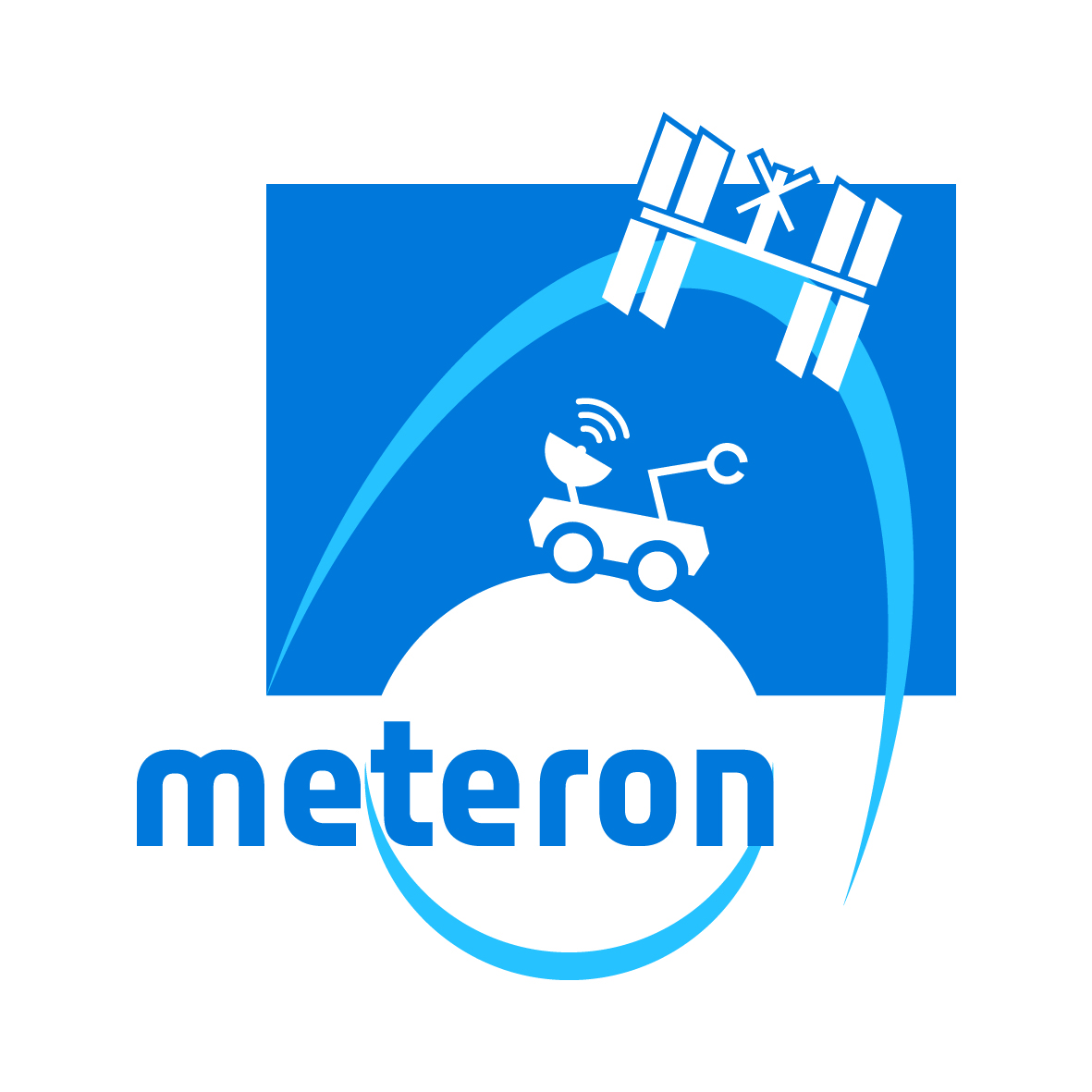A lunar adventure is rising over Europe’s exploration horizon. ESA is teaming up with international partners to return humans to Earth’s natural satellite by the end of the next decade.
Moving away from one-shot orbital missions, bold ambitions foresee humans exploring the polar regions hand-in-hand with robots, in international cooperation and commercial participation.
This return to the Moon envisions a series of human missions starting in the early 2020s that would see astronauts interact with robots on the lunar surface from orbit. Robots will land first, paving the way for human explorers.
Lunar rovers, telerobotics and hybrid surface power are some of the innovative approaches that are being developed to support these early missions.
The vision is truly international. Space agencies, the private sector and industry are working towards a common of open lunar exploration.
Europe gets its first access to the lunar surface in 2020, supplying a precision-landing and hazard-avoidance system called PILOT to land the Russian Luna 27 safely near the Moon’s south pole. A drill to retrieve samples and a communication system are also in the making.
Why now?
Relying on the success of the International Space Station partnership, the space community sees the Moon as a springboard to continue human exploration of the Solar System, with Mars as the next goal.
One driver of this renewed interest in the Moon is the hunt for lunar resources. Scientists and engineers are looking in particular for frozen volatiles – including water ice – known to be concealed within permanent shadows at the lunar poles.
Their distribution in different regions is not yet clear. Understanding where they are are important for a sustainable long-term strategy.
A new Moon
A ‘new Moon’ awaits – the extreme and unknown landscapes of the south pole, the highlands and the far side of the Moon lie along the road.
Secrets to how life began on Earth more than three billion years ago could be well-preserved in these unexplored areas – 384 thousand kilometres away.
Over 200 scientists, engineers, astronauts, and space leaders from all over the world gathered to discuss the future of lunar exploration.
https://www.flickr.com/photos/esa_events/sets/72157662032923030
They shared plans and promising ideas at ESTEC, ESA’s space technology centre in the Netherlands, as part of the symposium ‘Moon 2020-2030: A new Era of Human and Robotic Exploration’.
The major international meeting ended with the announcement of the winners of the ESA Moon Challenge, the HECATE team. Engaging more than 200 students from over 100 universities, intercontinental teams joined efforts to design plans for a lunar a space habitat and a combination of robotic and human landings.




Discussion: 3 comments
Beautiful in its own splender! .!
Here’s a new robotic rover idea:
https://goo.gl/SM4i3D
I’d hope to send this to the moon in teams…
An interesting video!
But I find it a bit sad that there is no mention of Mars.
Considering that NASA is talking about going to Mars, and it is sending more probes there than in any other place, I think Mars is a more attractive target for us Europeans too. ESA/Europe should cooperate with NASA towards going to Mars. There is already cooperation on Orion. We are building a service module for Orion, which effectively guarantees that Europe will get at least one seat on a NASA mission to Mars. It is also in Europe’s strategic interests to work with the United States.